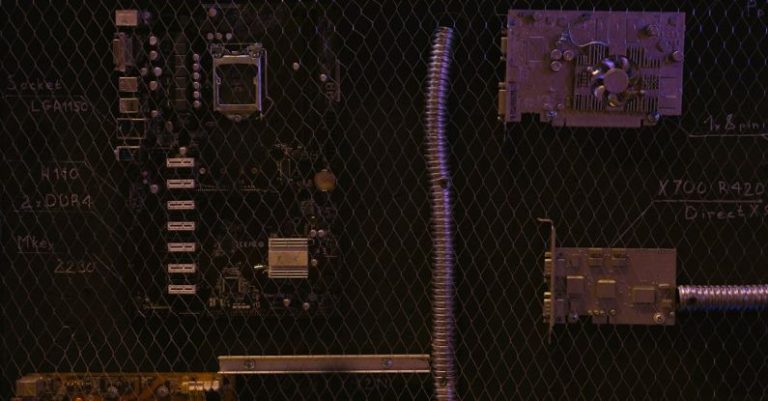
In today’s fast-paced digital world, businesses are constantly seeking ways to stay ahead of the curve by integrating new technologies seamlessly into their operations. From artificial intelligence to virtual reality, the possibilities are endless, but the challenge lies in effectively incorporating these innovations without disrupting existing workflows. So, how can businesses navigate this landscape and ensure a smooth transition to the latest tech tools?
Understanding the Needs of the Business
Before diving headfirst into adopting new technologies, businesses must first assess their specific needs and goals. It’s crucial to identify areas where technology can enhance efficiency, improve customer experience, or streamline processes. By conducting a thorough analysis of the current infrastructure and pinpointing pain points, organizations can better determine which technologies will bring the most value to their operations.
Collaboration Between IT and Business Units
A key aspect of successfully integrating new technologies is fostering collaboration between IT teams and business units. IT professionals possess the technical expertise required to implement and manage new systems, while business units understand the practical applications and potential benefits of these technologies. By bringing these two groups together, businesses can ensure that technology solutions align with strategic objectives and are effectively implemented across the organization.
Implementing Pilot Projects
One effective strategy for integrating new technologies seamlessly is to start small with pilot projects. Rather than implementing a new system company-wide from the get-go, businesses can test the technology on a smaller scale to evaluate its effectiveness and identify any potential challenges. This incremental approach allows organizations to fine-tune the technology and address any issues before scaling it across the entire operation.
Training and Upskilling Employees
No matter how advanced a new technology may be, its success ultimately depends on the people using it. Providing employees with the necessary training and upskilling opportunities is essential for ensuring a smooth integration process. By investing in training programs and workshops, businesses can empower their workforce to embrace new technologies and leverage them to their full potential.
Embracing Change and Adaptability
In the rapidly evolving tech landscape, businesses must be willing to embrace change and adapt quickly to new innovations. This mindset of flexibility and agility is crucial for integrating new technologies seamlessly, as it allows organizations to pivot and adjust their strategies in response to emerging trends and market demands. By fostering a culture of innovation and adaptability, businesses can stay ahead of the curve and position themselves for long-term success.
Ensuring Data Security and Compliance
With the rise of new technologies comes an increased risk of data breaches and security threats. To integrate new technologies seamlessly, businesses must prioritize data security and compliance with industry regulations. Implementing robust cybersecurity measures, such as encryption protocols and access controls, can help safeguard sensitive information and prevent unauthorized access. Additionally, staying up-to-date on the latest compliance requirements ensures that businesses adhere to legal standards and protect customer data.
Continuous Monitoring and Optimization
Integrating new technologies is not a one-time task but an ongoing process that requires continuous monitoring and optimization. By collecting and analyzing data on the performance of new systems, businesses can identify areas for improvement and make necessary adjustments to enhance efficiency and effectiveness. Regularly reviewing and updating technology solutions ensures that they remain aligned with the organization’s goals and objectives.
Adopting a Customer-Centric Approach
Ultimately, the successful integration of new technologies hinges on a customer-centric approach. Businesses must prioritize the needs and preferences of their customers when implementing new systems to ensure a positive user experience. By soliciting feedback, conducting user testing, and making adjustments based on customer input, organizations can tailor technology solutions to meet the demands of their target audience and drive business growth.
Embracing a Future of Innovation
As technology continues to advance at a rapid pace, businesses must embrace a future of innovation and transformation to remain competitive in the digital age. By following these strategies and best practices for integrating new technologies seamlessly, organizations can position themselves for success and unlock new opportunities for growth and development. By staying agile, customer-centric, and forward-thinking, businesses can navigate the complexities of the tech landscape and drive sustainable value for their stakeholders.





